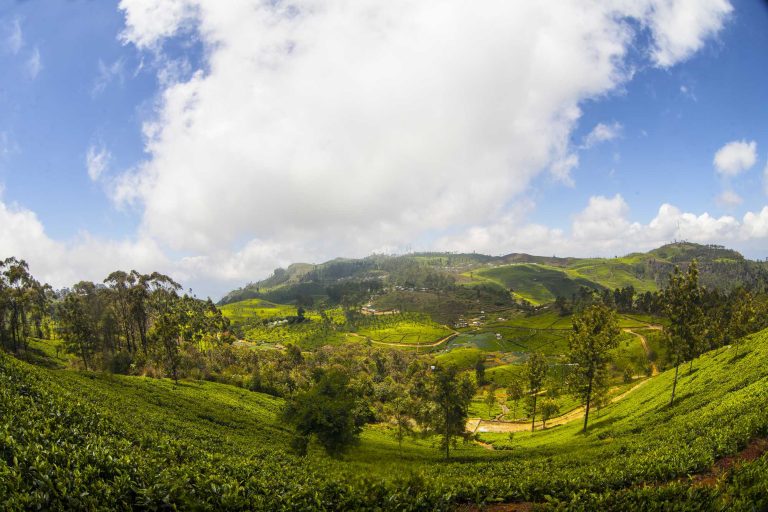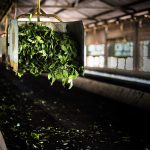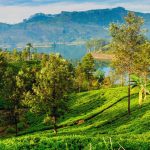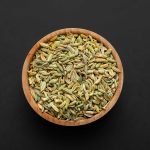When we speak of Ceylon tea, our minds often conjure images of sweeping estates nestled in the well-known regions of Nuwara Eliya, Dimbula, or Uva. Each of these broad classifications offers a distinct profile, from the delicate, floral notes of high-grown teas to the malty robustness of mid-country varieties. However, to truly appreciate the profound complexity and nuanced artistry embedded within each cup, we must venture beyond these familiar boundaries. The real magic, the whispers of unique stories, lies not just in the region, but in the hyper-specific, almost microscopic influences of what tea connoisseurs call “micro-terroirs.”
Imagine a single tea estate, perhaps stretching across several hillsides. Even within this singular property, the conditions can vary dramatically. A slope facing the morning sun, bathed in its gentle warmth, will yield leaves with a different chemical composition than those on a shaded, north-facing incline. The gradient itself plays a role; steeper slopes often provide better drainage, influencing root development and nutrient uptake. Then there’s the soil: a patch rich in volcanic ash might impart a mineral complexity, while another, heavy with clay, could foster a deeper, earthier character. These minute geological and topographical variations are the silent architects of flavor, crafting distinct personalities even within a few hundred yards.
Beyond the earth beneath our feet, the surrounding ecosystem contributes its own subtle symphony. Consider the venerable indigenous trees that dot the landscape, their ancient branches providing dappled shade. This shade isn’t merely a respite from the sun; it can slow down the photosynthesis process in the tea leaves, leading to a higher concentration of certain compounds that contribute to sweetness and umami. The way the mist rolls in from the valleys, the specific patterns of wind currents, or even the unique microbial life thriving in a particular section of soil – all these elements conspire to imprint a singular signature onto the tea leaves, a signature that a trained palate can discern.
These micro-differences, though often imperceptible to the casual drinker, are the holy grail for master blenders and tea tasters. They are the reason two teas from the same estate, harvested on the same day, can possess subtly divergent aromatic bouquets or a varying depth of flavor. One might exhibit a fleeting note of wild honey, while the other reveals a hint of roasted nuts. It’s this intricate dance of environmental factors – the angle of the sun, the composition of the soil, the embrace of a specific shade tree – that elevates Ceylon tea from a mere commodity to a tapestry of countless, unique expressions, each cup a testament to its precise origin.





